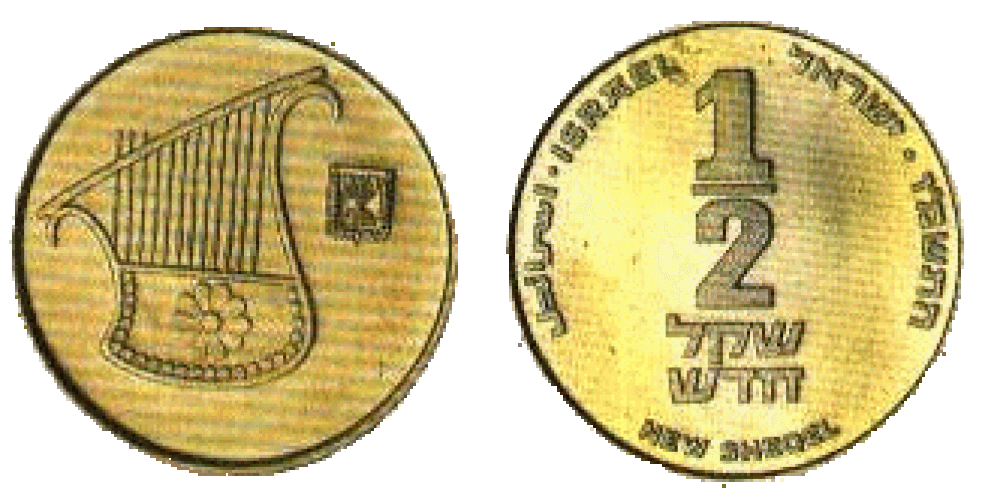We have all been taught that it is the holiday of Shavuot that commemorates the giving of the Torah at Sinai. Interestingly, nowhere is this mentioned in the Torah, which presents Shavuot in an agricultural context only.
Many commentaries suggest that the reason the Torah does not mention the date it was received is that each and every day, we must receive the Torah anew. While true, the simple explanation of why there is no mention of receiving the Torah on Shavuot would seem to be the fact that the Torah that was given on Shavuot is no longer.
The sin of the golden calf annulled the covenant between G-d and B’nai Yisrael, and the fate of the Jewish people was uncertain, to say the least. “Now, do not try to stop Me when I unleash My wrath against them, to destroy them” (Shemot 32:10). Only through the determined efforts of Moshe Rabbeinu, ignoring G-d’s request not to stop Him, did G-d agree to renew the covenant with the Jewish people. This new covenant was established on Yom Kippur, and the Torah was received anew. With the Jewish people forgiven and the covenantal relationship restored, Yom Kippur became the happiest day of the year (Ta’anit 26b).
Parshat Ki Tisa, which contains accounts of both the building of the golden calf and the receiving of the Torah anew, opens with a seemingly unrelated mitzvah.
Those over the age of twenty were to give a half shekel—no more and no less—for the upkeep of the Temple. This half shekel is described as “giving an atonement”, and a mere five verses later, we are told, “it will thus be a remembrance for the Israelites before G-d to atone for your lives” (Shemot 30:16). Clearly, there is a connection between the Day of Atonement, Yom Kippur, and the half shekel, that goes beyond the fact that they both appear in the same parsha.
Our Sages (Shevuot 13a) teach that Yom Kippur has the power to atone, at least partially, for those who see themselves as part of the community—even if the person continues to sin. Such is the power of Yom Kippur that the mere act of identifying as a Jew helps to renew our relationship with G-d. However, those who cut themselves off from the Jewish people cannot receive atonement on Yom Kippur. Jewish identity means supporting our communal infrastructure, of which the Temple was at the centre. The Temple served as a gathering place of the Jewish people, a place to come together as a people to worship G-d. Everybody had to participate, and participate equally; money does not impress G-d. The half shekel indicates that no Jew acting alone can be truly effective. Only when all Jews work together can we build a community.
The importance of ensuring that all Jews participate in Jewish life may be the most crucial lesson learned from the sin of the golden calf. Out of a male population of 603,550, only 3,000 Jews actually participated in worshipping the golden calf (Shemot 32:28). Ninety-nine point five percent of the Jewish people remained faithful to the G-d of Israel, yet G-d was planning to destroy the entire nation.
Many observant people seem quite happy with the remarkable strides that have been made in religious observance over the past couple of generations. Many even gloat at the renewed strength of traditional observance in the face of predictions of its demise. Yet the Torah tells us that even an assimilation rate of half a percent—that is, one out of every two hundred—is intolerable.
If the actions of the observant community cannot induce others to see the beauty of Judaism, then we are not properly worshipping G-d. We must do our utmost to ensure the participation of every Jew in the building of the community.

